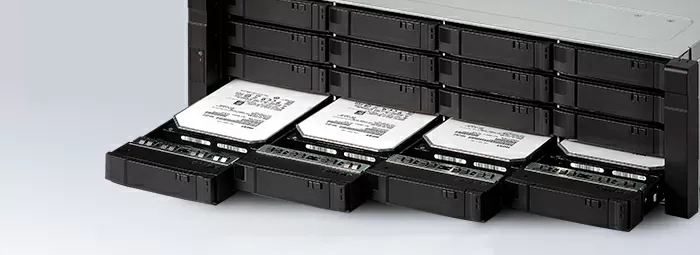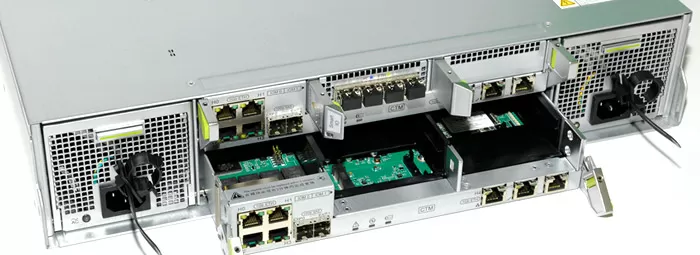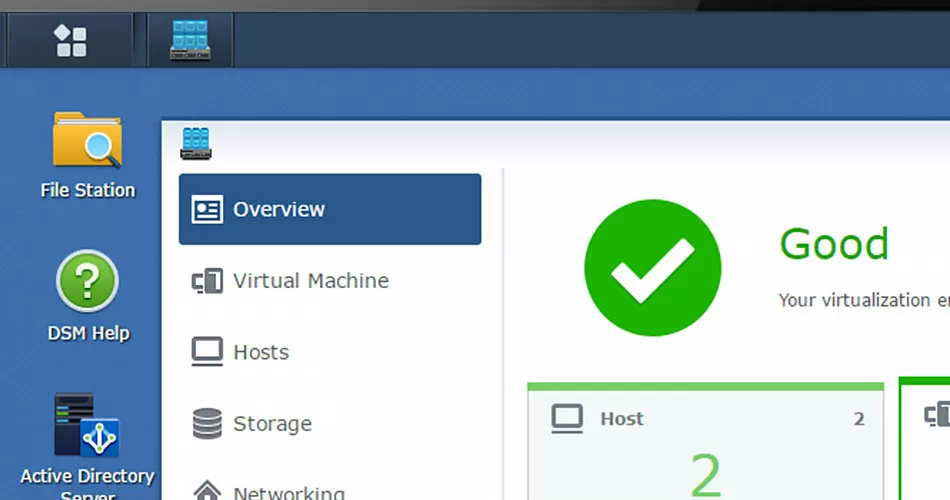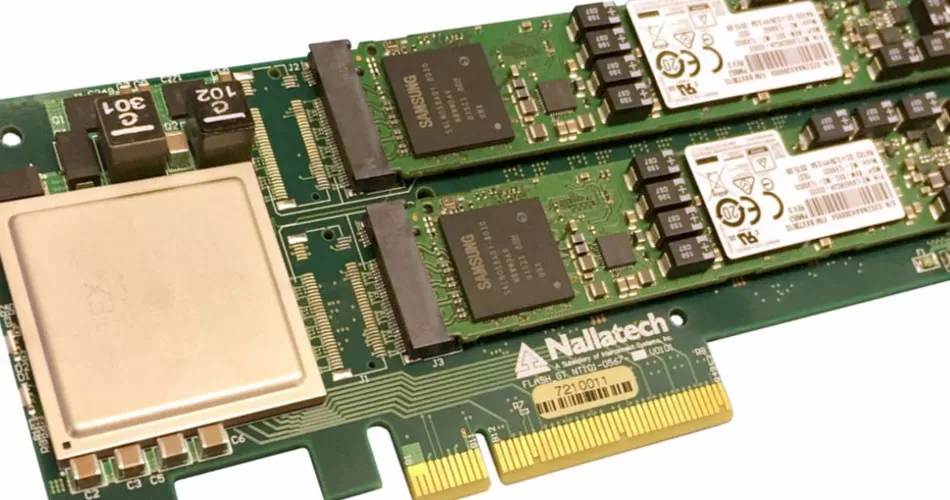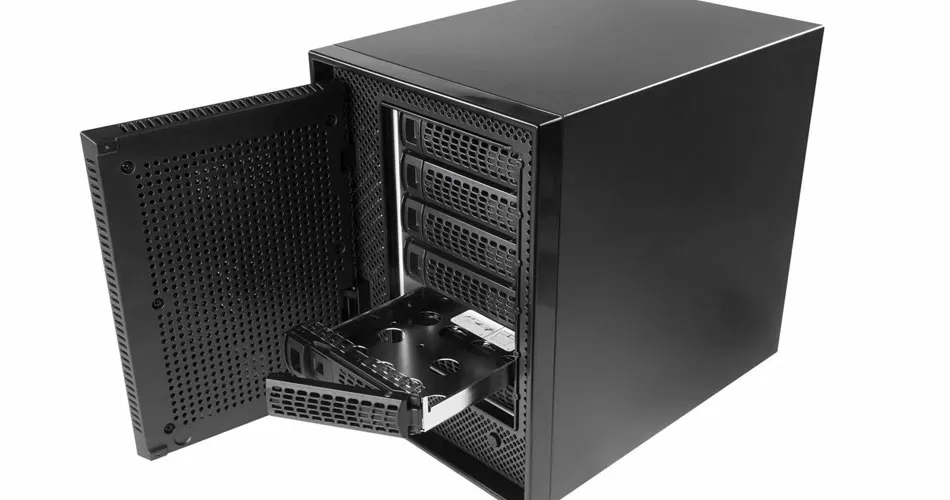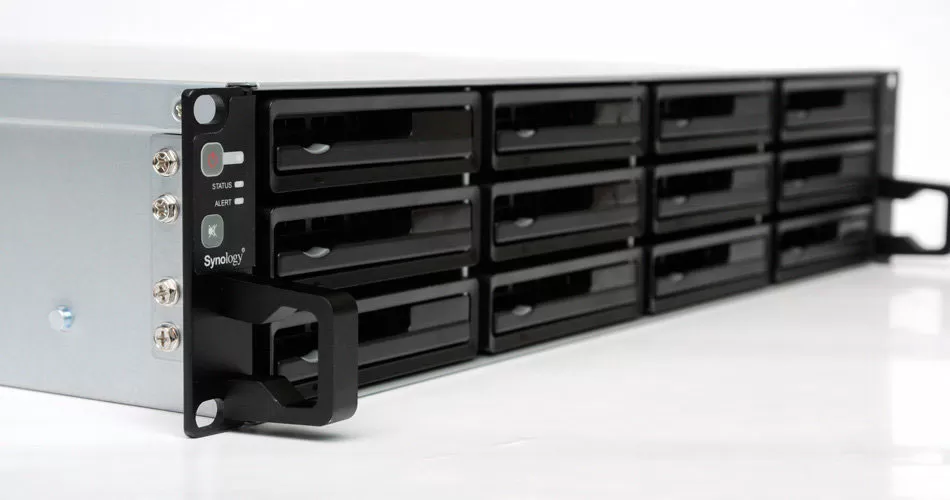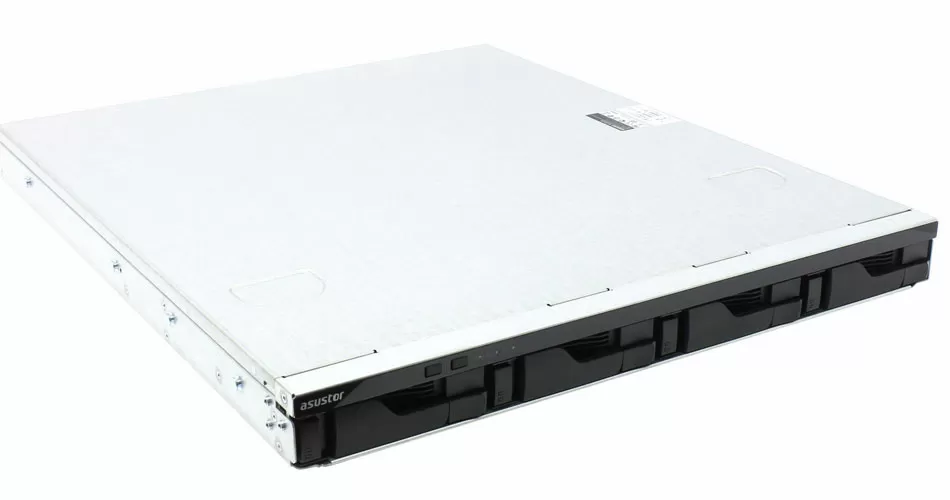
Synology is expanding the capabilities of its hypervisor and in the Pro version it is possible to create a failover cluster. We tested non-stop migration, crash recovery and also showed how BTRFS can save disk space when using a dozen virtual machines. Traditionally for Synology, every step here is intuitive and logical.

